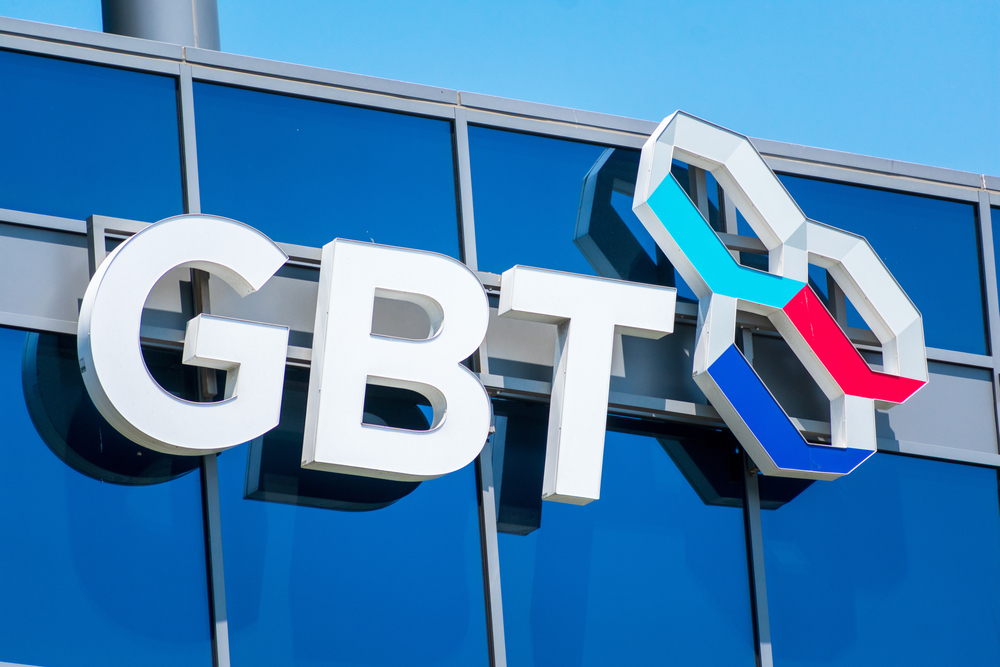
Biotechnology sector-related exchange traded funds continued to rally Friday on reports that Pfizer Inc. (NYSE: PFE) is looking to acquire Global Blood Therapeutics (NasdaqGS: GBT).
On Friday, the Virtus LifeSci Biotech Products ETF (BBP) rose 1.8%, the SPDR S&P Biotech ETF (XBI) increased 3.6%, and the ALPS Medical Breakthroughs ETF (SBIO) was up 3.9%.
Meanwhile, Global Blood Therapeutics shares surged 36.6% on Friday. GBT makes up 2.3% of BBP’s underlying portfolio, 1.4% of XBI, and 1.2% of SBIO.
Global Blood Therapeutics, a drug developer with a focus on sickle cell diseases, climbed again on Friday after jumping on Thursday, following a Bloomberg report that the company attracted bids for a takeover.
On Friday, the Wall Street Journal confirmed that Pfizer Inc. was in advanced talks to acquire Global Blood Therapeutics for $5 billion.
The potential deal for Global Blood Therapeutics is seen as a way for Pfizer to expand on its drug portfolio with long-term commercial treatments beyond short-term gains like its recently developed COVID-19 vaccine. Pfizer previously dabbled in sickle cell research, but the drug that the company had been developing failed to pass regulatory scrutiny in 2019 and it still has one more in early-stage development.
On the other hand, Global Blood Therapeutics already offers a U.S. Food and Drug Administration approved drug, Oxbryta, to treat sickle cell disease, which produces irregularly shaped red blood cells that do not live as long as healthy blood cells and can block other blood vessels. Oxyryta was approved in December and helped the company generate over $55 million in first-quarter sales. Global Blood Therapeutics is set to report its second-quarter results on Monday.
The ALPS Medical Breakthroughs ETF focuses on small- and mid-cap companies that have one or more drugs in either Phase II or Phase III trials. The component holdings have one or more drugs in either Phase II or Phase III U.S. Food and Drug Administration clinical trials. In a Phase II trial, the drug is administered to a group of 100-300 people to see if it is effective and to evaluate its safety. In a Phase III trial, the drug is given to a larger group, between 500-3,000 people, to confirm its effectiveness, monitor side effects, compare it to commonly used treatments, and collect information that will allow the drug or treatment to be used safely.
The Virtus LifeSci Biotech Products ETF tries to reflect the performance of the LifeSci Biotechnology Products Index, which tracks the performance of biotechnology companies with at least one drug therapy approved by the FDA.
Lastly, the SPDR S&P Biotech ETF, one of the largest biotechnology ETFs by assets, uses an equal-weight methodology, which means it tilts toward smaller companies, but not at the expense of exposure to some of the industry’s larger players.
For more news, information, and strategy, visit VettaFi.
vettafi.com is owned by VettaFi, which also owns the index provider for SBIO. VettaFi is not the sponsor of SBIO, but VettaFi’s affiliate receives an index licensing fee from the ETF sponsor.

